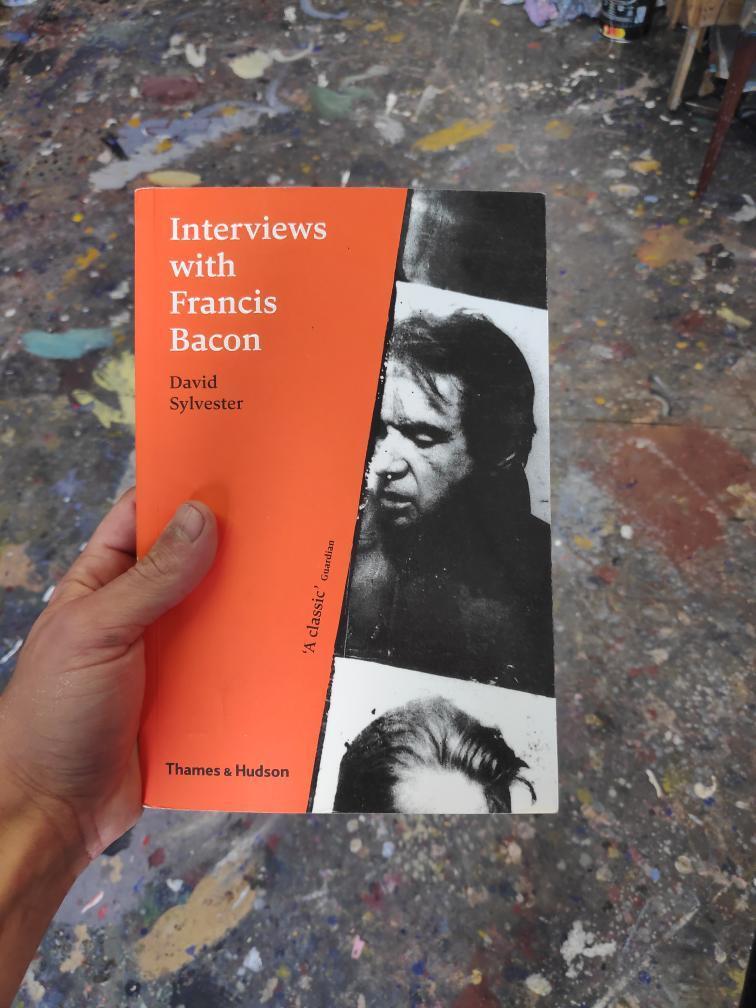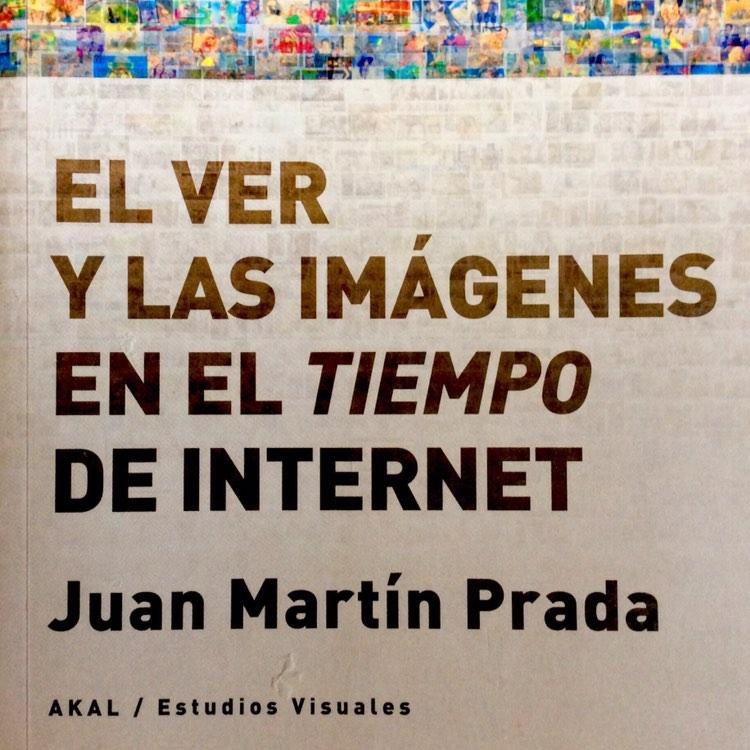|
|
GROUP SHOWPAUSE | BOOKS PART IIPLATAFORMAS ONLINE 23 MAR - 31 AGO 2020
This is the second part of a visual literary “exhibition”, which debuted on March 23rd resulting from the participation of more than 40 artists on our Instagram page artecapital.net. PAUSE Books is a project created and curated by Sérgio Parreira.
TERESA MURTA
“The return of the real” by Hal Foster. Briefly, Foster talks about the importance of the second vanguards for the understanding of the first vanguards. But more important than the content of the book is what the title leads us to question.
As the idea is to propose readings for these extreme times and when I find myself on the other side of the globe, I suggest three authors / works that may be found in Lisbon. Andy Warhol's cynicism and nihilism burst out laughing in "My Philosophy from A to B and from B to A" (1975), as a chronicle of the art market and the "American lifestyle" with which we were mortally infected in the recent decades. The book "Seeing and images in the Internet age" by Juan Martin Prada (2018), gives us a lucid reflection on our life online, and now as a result of health related quarantines we are more hyper connected than ever. Lastly, the stories by the Japanese author Masahiko Shimada (1990), where death and hunger are the individual will for everyday struggle. If I had to choose a Chilean book, I would propose "Diary of Death", a posthumous book by the poet Enrique Lihn (1989), the verses of his agony. Readings along with this kind of "cloistered syndrome", that severe cerebral affection that maintains cognitive capacities in a perfect condition but prevents physical interaction with the world, forced to closure of our national and individual borders.
“Atlas of Emotion” by Giuliana Bruno. This is a book about moving images. Talks about the connection between the look and the place as between movement and emotion.
“Satânia” by the poet Judith Teixeira. ‘Satânia’ is the only prose book by the poet Judith Teixeira and was published in 1927. Against the moral of the time, these novels, as well as all of her work, are imbued with sensuality and desire. It would be from its erasure, and from the history of Portuguese literary modernism; would be presenting on April 9 the exhibition ‘How to silence a poet’ within the scope of the program ‘Things founded on silence’. The destructive power that silences artists, is often reversed by the practice of maintaining itself as a ghostly presence over the decades. I would love for you to read it, for all these reasons and more that you will discover!.
“Visita Privada: Ateliês E Artista” Texto Dalila Pinto de Almeida. Fotografia Manuel Falcão. Edição Guerra e Paz, Editores. Amieira, Livros. In these quarantine days, this book can take us closer to fourteen artists and share their intimacy, ways of working, thinking and creating. I am happy to be part of this list and to be able to be close to you as well. Additionally, I loved reading and getting to know longtime friends better. Thank you Dalila and thank you Manuel.
“Pirates and Farmers: Essays on Taste” by Dave Hickey. “Following the news of his self-imposed exile from art criticism, Dave Hickey’s newest body of essays questions and challenges the cultural status quo in his trademark witty style. Arguably one of the most astute critics working today, Dave Hickey's multi-decade career as a leading cultural commentator is characterised by his blend of high and mass culture and his fervent critique of the celebrity-driven culture of the art world in the 21st century. In his usual humorous manner, Hickey has declared that: ‘I miss being an elitist and not having to talk to idiots’ in a field that, he believes, is defined by the commoditization of art and the self-referential tendencies of criticism itself.” Source Ridinghouse | Amazon Books
“In the Flow” by Boris Groys (2016). ‘In the flow’ by Boris Groys was one of the last books I read. Reflects on several issues through questioning the time we are living in. In this set of essays, the author seeks to reflect and deconstruct some of the recurring words in the jargon of Theory of Art (museum, archive, activism or aesthetics). What caught my attention was how, in a very simple way, everyday problems of our lives are narrated, insofar as they are impregnated in the cultural fabric we have built.” Pedro Calhau
“Interviews With Francis Bacon” by David Sylvester. There are nine interviews where we can travel through Francis Bacon's thoughts on his own work; it changes over the years and we can witness how the discourse is built in permanent dialogue. A book I return to whenever I need to remember how to talk about painting. - (note: the color illustrated edition is really worth it).
“L’Astragale” by Albertine Sarrazine (1937-1967). L'Astragale (1965) is an autobiographical book by Albertine Sarrazine (1937-1967), a writer of Argerian origin. Irreverence and Insubmission, for Simone de Beauvoir, Sarrazine is the first author and ex-prisoner to report life in a women's prison. For Patti Smith, it was the book that she bought with all her money instead of eating, and has always accompanied her since that day. I bought this book at a street market in Paris, while thinking about these three women.
“Girl, Woman, Other" A Novel by Bernardine Evaristo. Citation: "Dad (...) Dr Roland Quartey, the country’s first Professor of Modern Life at the University of London - really? all of it, Dad? she asked him when he told her proudly on the phone about his latest professorial number -- Isn’t that, like, a bit of a tall order? don’t you have to be an expert on everything in a world (...) . Isn’t that more like God’s purview? Tell me, are you God now, Dad? (...) -- He mumbled stuff about the Internet of Things and Pokémon, terrorism and global politics, Breaking Bad and Game of Thrones and then threw in quotes he attributed to Derrida and Heidegger for good measure, which he always does when he can’t handle a tricky situation.-- what about bell hooks? (...) what about Kwame Anthony Appiah, Judith Butler, Aimé Césaire, Angela Davis, Simone de Beauvoir, Frantz Fanon, Julia Kristeva, Audre Lorde, Edward Said, Gayatri Spivak, Gloria Steinem, V. Y. Mudimbe, Cornel West and the rest? (...) I mean, how on earth can you be a Professor of Modern Life when your terms of reference are all male, and actually all-white (even when you’re not, she refrained from adding).
|








































